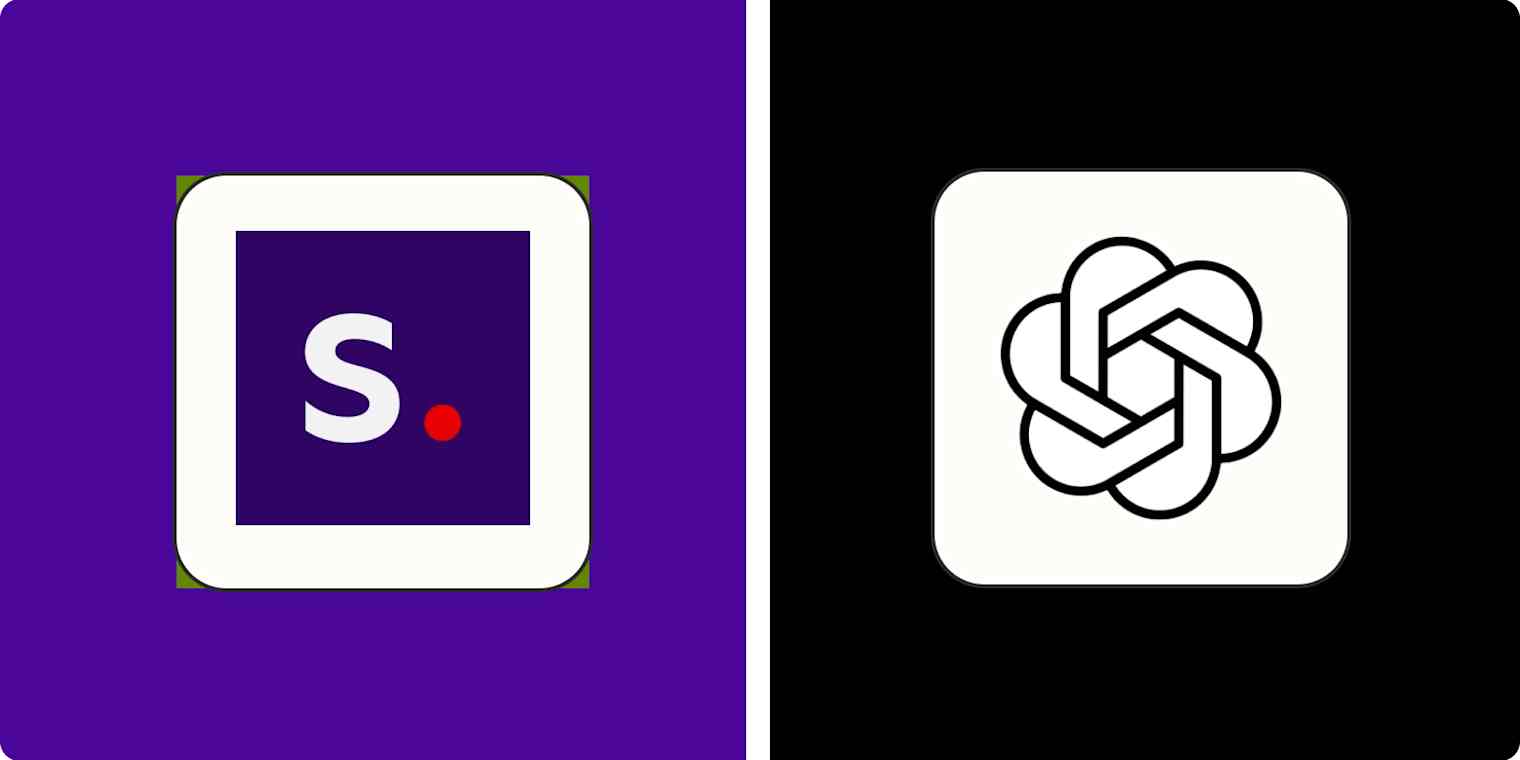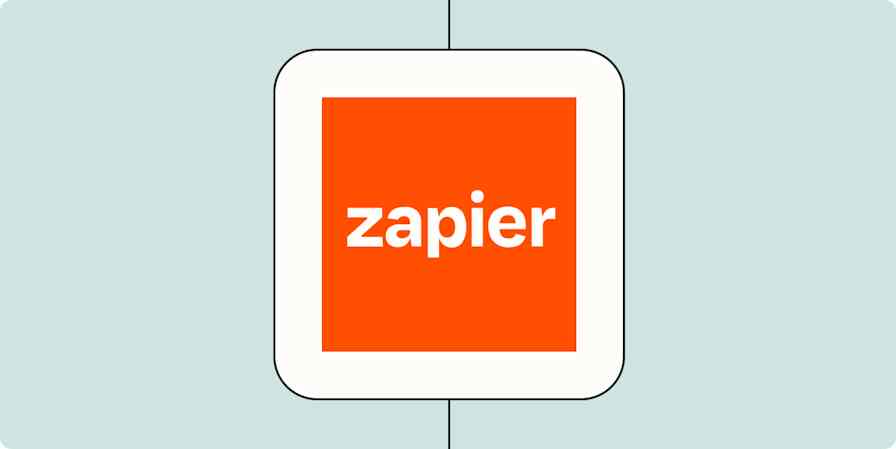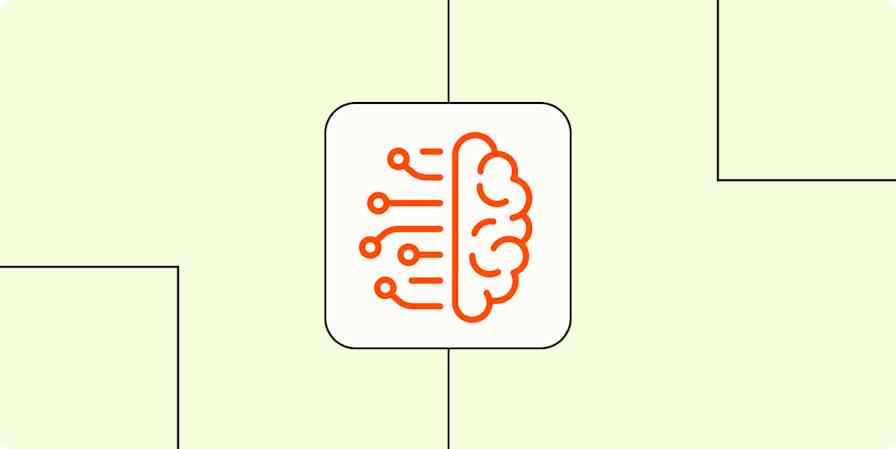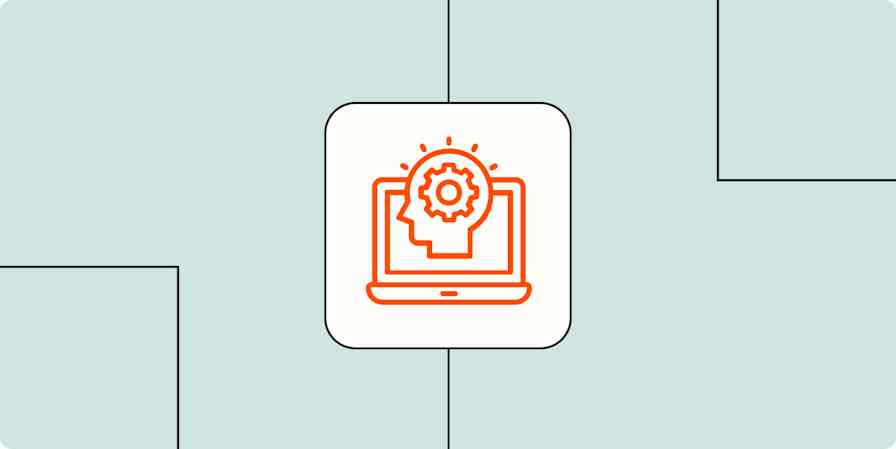Stable Diffusion and DALL·E 3 were two of the first big names in AI image generation models, though things have now changed a little. OpenAI has replaced DALL·E 3 with GPT-4o, a much more powerful multimodal model, while the company behind Stable Diffusion has had quite a chaotic time of things. Still, it's worth knowing where they stand—and how they compare.
So, let's look at which image generator you should use: Stable Diffusion, ChatGPT, or something else?
Table of contents:
Stable Diffusion vs. GPT-4o at a glance
Stable Diffusion and GPT-4o do similar things, but they differ in a few important ways. Here's a short summary of the major distinctions, but read on for the details.
| Stable Diffusion | DALL·E 3 |
|---|---|---|
Official web app | Stable Assistant | ChatGPT |
Quality | ⭐⭐⭐ Solid AI-generated images, but falling behind the curve | ⭐⭐⭐⭐⭐ Exceptional AI-generated images with best-in-class prompt adherence |
Ease of use | ⭐⭐ Plenty of options and different models, which makes things complicated | ⭐⭐⭐⭐⭐ Collaborate with a chatbot |
Power and control | ⭐⭐⭐ Specifics depend on how you use it, but Stable Diffusion gives you a lot of control | ⭐⭐⭐⭐ Incredibly powerful editing and image generation, but not quite as customizable |
Something to keep in mind about access:
GPT-4o is currently available through ChatGPT and the API (which you can access with Zapier), along with certain apps using Microsoft Copilot.
Stable Diffusion is actually a number of open source models. Stability AI, the company behind Stable Diffusion, is now pushing its own ChatGPT alternative called Stable Assistant. But you can access earlier versions of Stable Diffusion through most AI art generators and lots of other tools that have an integrated image generator. You can also license the latest version of Stable Diffusion, install it on your own server, and even train it on your own data. (This is how many services like Lensa's AI avatars work.)
I'll dig into what this all means a little later, but for ease of comparison, I'll mostly be comparing the models as they're accessed through their most official web apps: ChatGPT for GPT-4o and Stable Assistant for Stable Diffusion.
Stable Diffusion and ChatGPT were trained differently
Stable Diffusion (like DALL·E 3) was trained on millions or billions of text-image pairs. This allows it to comprehend concepts like dogs, deerstalker hats, and dark moody lighting, and it's how it can understand what a prompt like "an impressionist oil painting of a Canadian man riding a moose through a forest of maple trees" is actually asking it to do.
With GPT-4o, however, OpenAI is changing things up. It's a multimodal model that can work with text, audio, images, and even video. It was trained on all these different modalities at the same time, which is why it can also generate text. When it comes to understanding and interpreting prompts, that makes ChatGPT incredibly powerful.
For image generation, Stable Diffusion relies on a process called diffusion. The image generator starts with a random field of noise, and then edits it in a series of steps to match its interpretation of the prompt. By starting with a different set of random noise each time, it can create different results from the same prompt. It's kind of like looking up at a cloudy sky, finding a cloud that looks kind of like a dog, and then being able to snap your fingers to keep making it more and more dog-like.

Once again, GPT-4o is pushing things forward. As well as diffusion, it reportedly also uses a process called visual autoregressive modeling that essentially allows it to come up with a rough draft before it starts generating the image. This makes it much better at getting the specific details from your prompt correct.
On top of that, Stability AI (the makers of Stable Diffusion) and OpenAI (the makers of ChatGPT) have different philosophical approaches to how these kinds of AI tools should work. Despite both tools generating images, the results can be quite different.
Here's the prompt I mentioned above from Stable Diffusion:

And here it is from ChatGPT:

Dare I say it: I don't think Stable Diffusion gets the impressionist bit right. It's fine, but ChatGPT looks a lot more like an impressionist painting. Let's talk more about that.
GPT-4o makes much better AI-generated images
Let's get the big thing out of the way: while Stable Diffusion is capable of producing good AI-generated images, GPT-4o is now miles ahead.
GPT-4o wins when it comes to complicated prompt adherence and respecting the style requested. While the image below isn't perfect, the details it misses are small.

Stable Diffusion, on the other hand, ignores both the animation style and an entire character.

Similarly, GPT-4o is able to pretty accurately generate multiple objects in a weird grid.

While Stable Diffusion goes rogue.

Perhaps worst of all, even when you use Stable Diffusion's advanced tools, the results aren't as good. Here's ChatGPT's take on my dog in the style of Bluey.

Whereas Stable Diffusion goes completely off base—twice.

While I might not be quite dialed into how Stable Assistant uses Stable Diffusion, and there may be a way to get the results I want, that neatly brings me on to my next point.
ChatGPT is easier to get good results from
GPT-4o is incredibly simple to use for image generation. Open up ChatGPT, and you can chat away and make requests. If you're a ChatGPT Plus subscriber, you're unlikely to hit any limits though free users might have to wait longer and will have a lower usage cap.

This ease of use extends to editing. If you want ChatGPT to make changes, you can request it through chatting in natural language, and it won't shift the original image too much.

Despite also being controlled using a chatbot, Stable Diffusion just isn't as easy to get great results from.

Stable Diffusion is a lot messier
Out of the box, Stable Diffusion is a lot more confusing since it's a family of open models—not a singular model. The three most relevant to our discussion are:
Stable Diffusion 3.5. SD 3 was released in 2024 with a bit of controversy. There was a newly restrictive license, it was considered worse than SDXL 1.0 (the previous model), and it was even banned on some of the top AI image generators. Stability AI has backtracked on the license terms, and the latest version, 3.5, is available through the Stable Assistant chatbot.
Stable Diffusion XL. At one point, this was the best and most popular AI image generation model. It's still very popular on art generation platforms like NightCafe, where you can find lots of variations.
Stable Diffusion 1.5. This is an older Stable Diffusion model. Because it's smaller than other image models, it's cheap to fine-tune and is still available on art generation platforms.
To make things even more confusing, a few of the original Stable Diffusion researchers left Stability AI and founded Black Forest Labs. They launched a new family of open models called FLUX that are gradually replacing Stable Diffusion as the go-to open text-to-image model.
All this means that while Stable Diffusion is still popular and widely available, its latest model isn't as successful as its predecessors. I'm using it through the utterly mediocre Stable Assistant chatbot, but that's not how most people use Stable Diffusion.
So, even though you can sign up for Stable Assistant, type in a prompt, and get a solid image, there's been so much drama going on behind the scenes that Stable Diffusion seems to have fallen far behind.
Stable Diffusion gives you more control
Despite its power, ChatGPT doesn't give you the most customization options. You can ask ChatGPT to make changes within the chatbot, select a specific area for ChatGPT to edit, or upload images as references.


This allows you to do a lot, but you're still working within ChatGPT's limits.
Stable Diffusion (in almost every iteration) gives you more options and control. You can add elements, replace things, expand your canvas, and basically just tweak your image a lot more with various different tools. Even the otherwise dreadful Stable Assistant offers more direct control than ChatGPT.


Of course, how good the results of these different tools are varies wildly. But if you're prepared to do a bit of prompt engineering and trial and error, you can definitely get great results.
One other area of note is that Stable Diffusion has a lot less respect for trademarks and copyright.

ChatGPT might start generating a copyright-infringing image...

...but it quickly shuts itself down.

Finally, if you want to build a generative AI that's custom-trained on specific data—such as your own face, logos, or anything else—you can do that far more readily with Stable Diffusion. This allows you to create an image generator that consistently produces a particular kind or style of image. The specifics of how you do this are far beyond the scope of this comparison, but the point is that this is something that Stable Diffusion is designed to do that isn't really possible with GPT-4o—at least not without building your own tool on top of it.
Pricing makes things more confusing
ChatGPT's pricing is super simple: it costs $20/month as part of ChatGPT Plus, or you get limited usage on the free plan.
Stable Diffusion is available at every price point. You can download an old version and run it yourself, or you can get free images through the various art generator platforms. The easiest way to use the latest version of Stable Diffusion is through Stable Assistant, which starts at $9/month after a three-day free trial. Unfortunately, while it's decent as an image generator, it's pretty bad as a chatbot. It doesn't compete with ChatGPT, Claude, or Gemini.
It's hard to compare like-with-like, but when you do, Stable Diffusion tends to fall short.
Commercial use is complicated for both
If you're planning to use Stable Diffusion or GPT-4o for commercial use, things get a bit complicated.
Commercial use is currently allowed by both models with a couple of caveats. Stable Diffusion's different models have different terms, but the latest license agreement allows unrestricted commercial use for businesses making less than $1 million in revenue. After that, you need a license. Still, even with commercial use allowed by the tools, the implications haven't been fully explored.
But the big problem is that there's also no copyright protection for AI-generated images. Anyone can take anything you create and just run with it. While that violates various terms of service, it doesn't really protect you.
ChatGPT vs. Stable Diffusion: Which should you use?
ChatGPT is now a clear winner when you compare it head-to-head with Stable Diffusion. It's easier to use and creates better results. While older versions of Stable Diffusion stood out, the latest version used through Stable Assistant is just bad. I'm not saying that you shouldn't try out Stable Diffusion in some form if you see it in an art generator, but I can't recommend Stable Assistant at any price. There's a new CEO, and James Cameron has joined the board of Stability AI, but they have yet to right the ship.
If you aren't a fan of GPT-4o or ChatGPT, check out Midjourney, FLUX, Ideogram, or any of the other image models out there. They can all create awesome, hilarious, and downright bizarre images from the right prompt. Give a few a try, and see which one you like best.
Related reading:
This article was originally published in May 2023. The most recent update was in May 2025.







